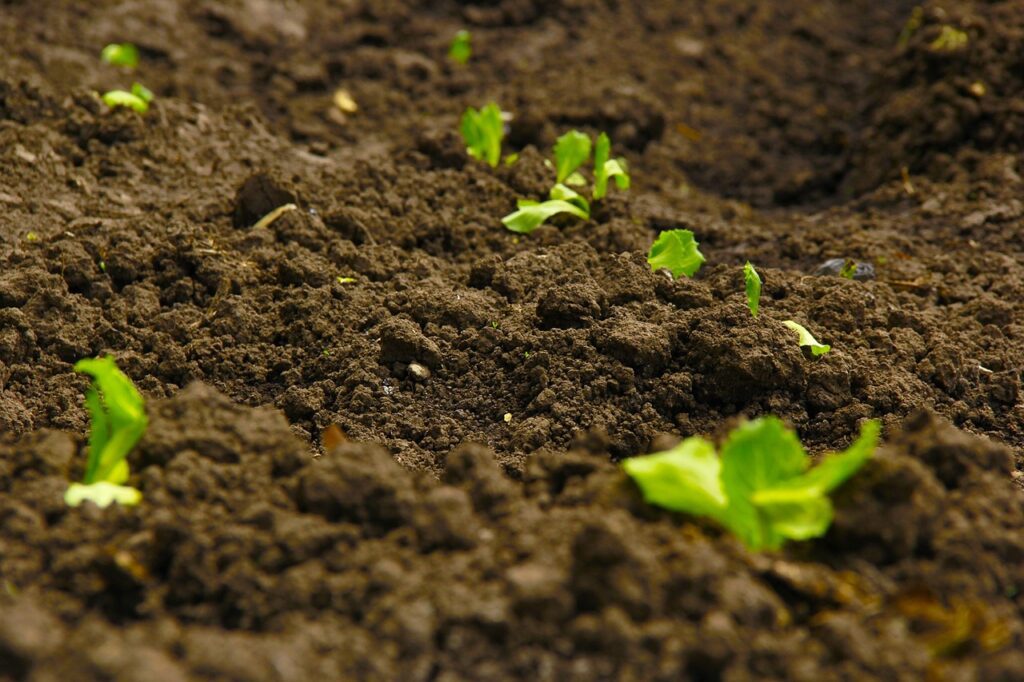Beneath our feet lies a critical yet often overlooked component of Earth’s ecosystem—soil. In agriculture, unlocking sustainable and robust crop yields hinges on a deep understanding of soil’s complexities. Soil science plays a pivotal role in unraveling these complexities, directly influencing agricultural productivity.
Understanding the Foundation of Agriculture
Soil forms the primary basis for agriculture, serving as the essential medium for plant growth. This dynamic system comprises organic matter, water, air, and living organisms, intertwined with mineral particles. Each component significantly affects soil’s physical, chemical, and biological properties, influencing its fertility and overall health.
Key Components of Soil:
- Mineral Particles: Comprising sand, silt, and clay, these particles determine soil texture, affecting its nutrient and water retention capabilities.
- Organic Matter: Originating from decayed plant and animal materials, organic matter boosts soil fertility by enhancing nutrient availability and water retention.
- Water and Air: Essential for plant growth, adequate drainage and aeration prevent root suffocation and promote healthy crop growth.
- Living Organisms: From fungi to earthworms, these creatures enhance nutrient cycling, fix nitrogen, and decompose organic material, enriching the soil.
The Role of Soil Science:
- Soil Classification: Soil scientists classify soils based on specific characteristics to optimize agricultural practices tailored to various soil types.
- Nutrient Management: Soil testing informs farmers about necessary nutrients and guides targeted fertilizer application.
- pH Regulation: Adjusting soil pH, whether by liming or sulfur applications, ensures optimal nutrient availability and root health.
- Water Management: Soil science informs irrigation practices, crucial for maintaining soil moisture levels without causing water stress.
Conservation and Sustainability in Soil Science:
- Soil Conservation: Techniques like contour plowing and cover cropping prevent soil erosion and degradation.
- Pest and Disease Control: Soil science supports the integration of pest-resistant crops and biological controls to manage soil-borne diseases.
- Carbon Sequestration: Exploring methods to enhance soil’s carbon storage capacity is vital for mitigating climate change impacts.
- Crop Rotation and Cover Crops: These practices maintain soil fertility, disrupt pest and disease cycles, and increase organic matter.
Challenges and Innovations:
- Global Soil Degradation: Soil science addresses threats from deforestation, improper land use, and agrochemical overuse through sustainable land management strategies.
- Climate Change Impacts: Adapting to altered temperature and precipitation patterns requires innovative strategies to sustain agricultural productivity.
- Technological Advances: Integrating technologies like GIS and sensor-based tools aids in precise soil management, enhancing decision-making and environmental sustainability.
Conclusion
Soil science is not merely an academic pursuit; it’s a fundamental key to sustainable agriculture. Understanding and applying soil science innovations can significantly boost crop productivity and ensure long-term agricultural success.



